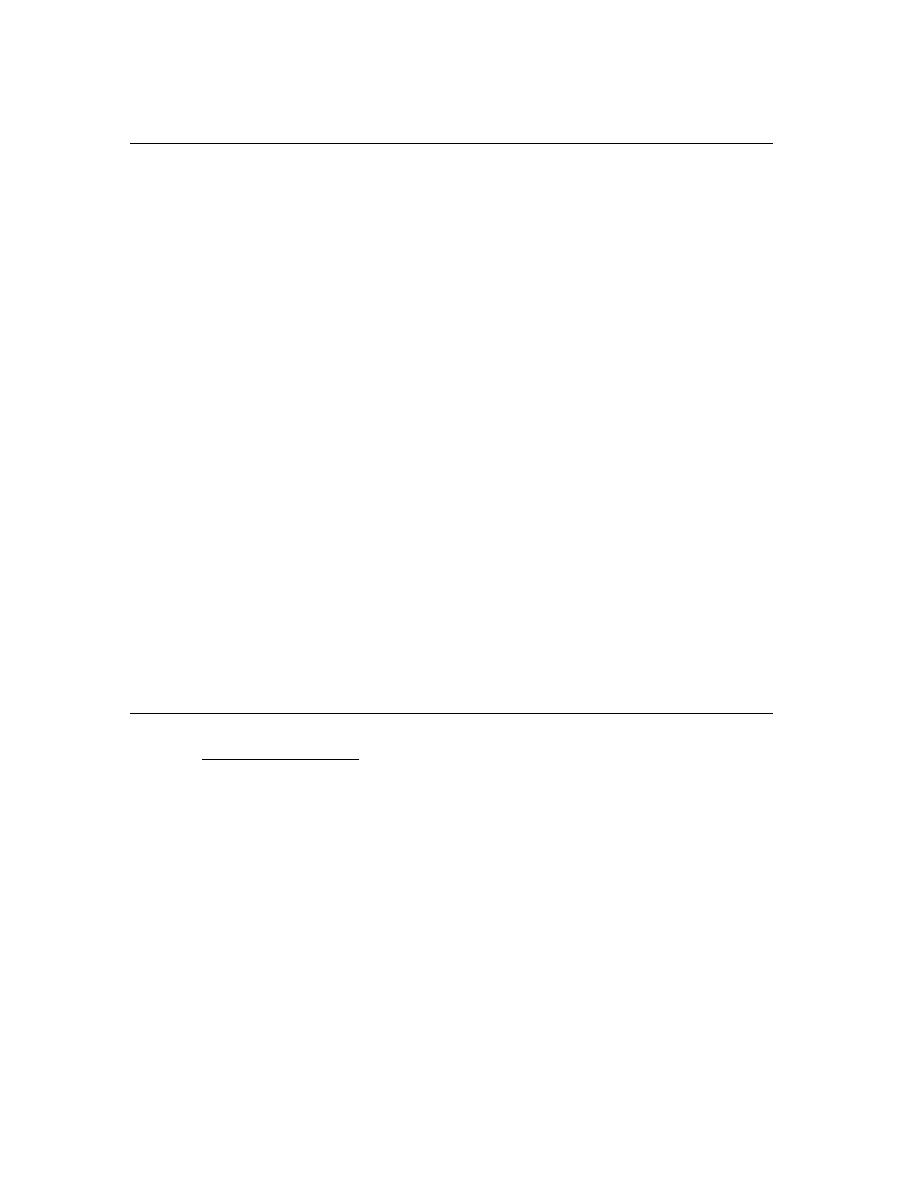
Table 3 (cont'd).
ΣTNT
Well no.
pH
Type
HMX
RDX
TNB
DNB
DNA
TNT
DNT
2ADNT
4ADNT
745
5.8
DIR
325
14.0
51.0
40.0
SOE
290
87.5
6.31
13.9
42.3
33.5
DTECH
2575
2545
22.7
OHM
34.5
18.7
EG
114
22
storedDIR
8.3
7.6
27.6
13.6
EG
82
18
QTX
11.6
8.0
2 ppb Blank spike
DTECH
515
515
OHM
4.30
EG
2.3
UMATILLA
4-1
DIR
1290
2370
241
1993
OHM
2685
2165
4-18
DIR
1850
1880
316
3627
OHM
3620
3848
4-P4
DIR
81
4500
41
2
OHM
111
28
4-103
DIR
51
1520
4.2
2
OHM
6.9
5
4-7
DIR
219
0.3
OHM
1.44
0.2
BANGOR
BEW1
DIR
151
539
151
315
OHM
481
413
BEW2
DIR
35
678
13
30
OHM
76
38
BEW4
DIR
39
2.7
OHM
0.56
1.7
PRE1-6
DIR
31
285
23
46
OHM
159
61
(kit value - lab value)
The RDX kit produced very poor results for
100.
RPD =
(kit value + lab value)/2
these samples. It failed to detect RDX in eight of
the samples that contained RDX above the EPA
Health Advisory limit of 2 g/L (EPA 1988a). It
A 50% RPD is the commonly used control limit
also produced six false positives.
for field kits. The EnviroGard, Quantix, and Ohm-
The cost of the kits requiring daily calibration
icron kits met this criterion more than 85% of the
varies depending on the number of samples anal-
time. The DTECH kits failed this criterion over half
yzed per day. The more samples that can be anal-
the time. Positive results require confirmation by
yzed, the better. For this investigation of monitor-
laboratory analysis. In on-site assessment, false
ing wells at NSWC, 33 samples were generated in
positives add to the cost of laboratory assays. In
3 days. For cost comparison estimates, ten sample
remediation activities, false positives could be-
analyses per day was chosen. The strip-plate kits
come quite expensive if they triggered an addi-
have a unique problem that becomes apparent
tional treatment step (e.g., replacing a purification
because of their design. There are 96 assay wells
cartridge or extending a composting period or ex-
arranged in long strips containing either 12
cavating an additional lift of soil). For the discus-
(EnviroGard) or 8 (Quantix) wells each. All wells
sion of results that follows, a false positive is de-
in a strip must be used. Unused well-strips can-
fined as an erroneously high value for TNT con-
not be saved for future use. Thus 10 samples, one
tamination above the EPA 1989 Health Advisory of
2 g/L.
standard, and one blank run in duplicate (24
7



 Previous Page
Previous Page
